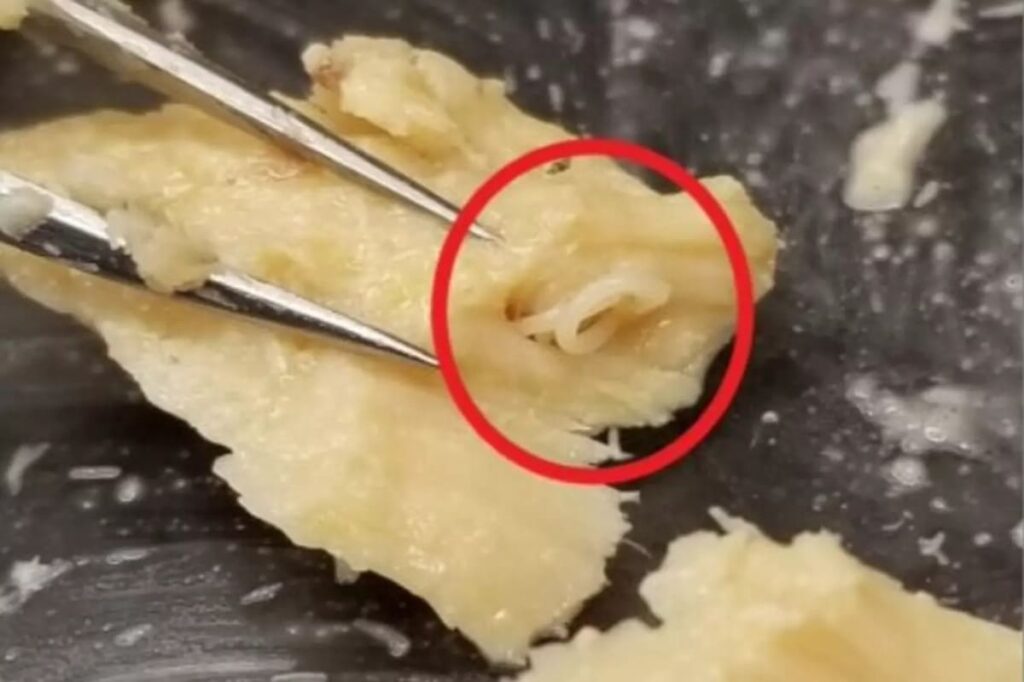We’ve all stumbled upon those dusty cans of tuna or salmon lurking in the cupboard, often reserved for those “just-in-case” moments. But have you ever paused to ponder what happens to food that has hibernated for decades? You might be surprised to discover that some of the long-forgotten cans could provide a unique insight into the health of our marine ecosystems. A recent study has turned the spotlight on this idea, delving into canned fish stored since the late 1970s, with findings that are as unexpected as they are enlightening.
What Happens to Food After Decades in a Can?
Picture a can of salmon, left untouched since 1979, quietly biding its time in your pantry. It sounds like something right out of a survivalist’s fantasy, doesn’t it? Researchers have taken such forgotten cans to explore a captivating scientific question: How does food evolve—and what secrets about the environment can it uncover—when it’s preserved for decades?
In a study published in Ecology and Evolution, scientists examined aged cans of salmon that had been stashed away for over 40 years as part of a quality control initiative. When they finally cracked open those cans, they were met with an unexpected surprise: a discovery of marine worms, specifically parasites called anisakids. While this may sound less than appetising, it actually serves as a positive indicator in the realm of marine science.
What Do the Worms in Canned Fish Reveal?
So, what does it signify if you find yourself face to face with worms in a can of fish? It turns out that these parasites are a natural component of the food chain for fish like salmon. Anisakids pose little risk to humans if the fish has been properly cooked or canned, as these processes effectively neutralise the parasites. However, if consumed raw—think sushi or ceviche—these little critters could cause foodborne illnesses.
For the researchers involved, the presence of these worms was a positive indicator. As noted by Natalie Mastick and Chelsea Wood from the University of Washington, these worms essentially act as a marker of a healthy ecosystem. They highlight a natural lifecycle where smaller marine creatures like crustaceans are consumed by larger species, such as salmon. In this way, the existence of worms signals a thriving and clean marine environment.
The Science Behind It: Different Salmon, Different Outcomes
The researchers investigated four species of salmon from the Gulf of Alaska and Bristol Bay over a 42-year span, from 1979 to 2021. As anticipated, the findings were intriguing. The worm counts varied among species: Pacific salmon (like keta salmon) and pink salmon showed increased worm populations over time, while populations for red salmon and coho salmon remained relatively stable.
While further analyses are underway, it’s clear that the study paves the way for new insights into how marine ecosystems develop and fluctuate over time. The fact that these researchers can draw on decades-old canned goods as ecological archives means they can broaden the parameters of study without solely depending on live specimens or historical data. These canned fish have emerged as an unexpected yet invaluable resource for marine research.
A Unique Tool for Marine Research
What’s truly captivating about this experiment is its transformation of a mundane object—an old can of fish—into a time capsule for scientific inquiry. It negates the need for costly research expeditions to catch live fish or gather data from the ocean; these cans now act as historical archives, offering a snapshot of marine life from decades gone by. It’s akin to uncovering a hidden trove of oceanic history, with potential ramifications for future marine research.
This study serves as a reminder that even the most commonplace items in our kitchens can yield surprises. Through long-term preservation or astounding finds such as the worms in salmon, these cans hold more than initially meets the eye.
Final Thoughts: From Pantry to Ecosystem Research
The next time you reach for a can of tuna or salmon from the back of your pantry, take a moment to consider what it might reveal. The presence of those worms may not be the most appealing thought, but they serve as an intriguing reminder of how human actions and the natural world intersect. This research doesn’t just showcase how food can preserve more than just its nutrients—it underscores the delicate balance within ecosystems, the necessity of conservation, and the vital role that even the smallest creatures, such as marine worms, play in maintaining ecosystem health.
So, while that can of salmon may not be dinner-ready, it stands poised to share a valuable lesson in science. Who would’ve thought that a pantry staple could be such a rich source of discovery?







